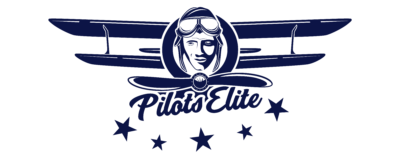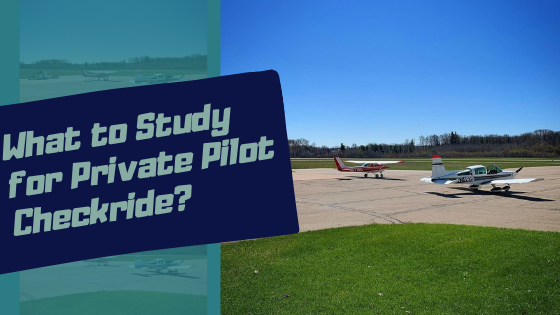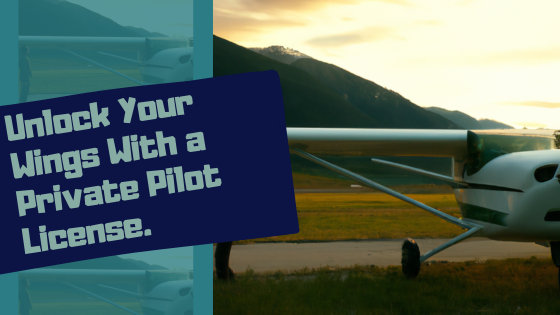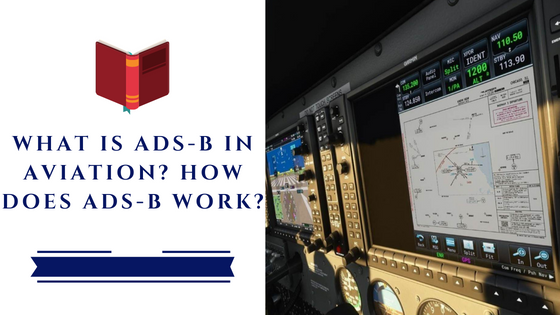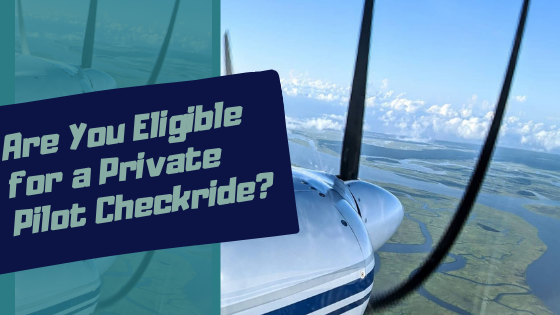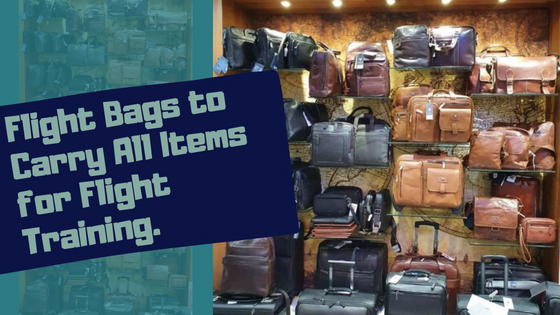Requirements to navigate the skies at night as a Private Pilot.
Private pilot night flying requirements typically involve a set of criteria a pilot must fulfill to fly during nighttime conditions.
These requirements are essential to ensure safety and competence in nocturnal flying.
The FAA requires at least 40 hours of flying experience, including 20 hours of cross-country flying time, before individuals can apply for a private pilot license.
The 20 hours of cross-country flight time must include 10 hours of PIC (pilot in command) logging, of which you must log at least five hours of night flying experience.
Additionally, specific training and instruction in night flying techniques, navigation, and emergency procedures are typically mandated to qualify for a private pilot night rating.
Night flying for private pilots is also referred to as Night VFR.
Night VFR refers to the regulations and conditions under which a pilot can operate an aircraft at night.
VFR is a set of rules allowing pilots to navigate and operate an aircraft by referencing the ground, landmarks, and other visual cues instead of relying solely on navigation instruments.
Night VFR specifically pertains to flying during the period from sunset to sunrise.
Federal Aviation Regulations (FARs) and Requirements for Night VFR.
The Federal Aviation Administration (FAA) in the United States has specific FARs that govern night VFR operations.
Here are some key FARs relevant to night VFR flying:
FAR 91.205: This regulation outlines the required equipment for night VFR operations. It states that aircraft flown at night must have functioning navigation lights, position lights, anti-collision lights (beacon), and instrument lighting.
FAR 61.109: This regulation specifies the training requirements for night VFR operations.
It implies that a pilot must receive and log specific training for night flying and operations before acting as a pilot in command for night VFR flight.
FAR 61.57: This regulation relates to recent flight experience requirements for night VFR operations. It states that to act as a pilot in command during a night VFR flight carrying passengers.
A pilot must have made at least three takeoffs and three landings to a full stop from one hour after sunset to one hour before sunrise within the preceding 90 days.
FAR 91.151: This regulation provides the minimum fuel requirements for night VFR operations. It states that unless otherwise authorized by the FAA, no person may begin a flight under VFR conditions at night in an airplane unless there is enough fuel to fly to the first point of intended landing and to fly after that for at least 45 minutes at average cruising speed.
FAR 91.209: This regulation pertains to using position lights during night VFR operations. It states that during night VFR flight, the position lights on an aircraft must be on.
These are just a few examples of FARs that are relevant to night VFR operations.
Pilots must review and comply with the complete set of applicable FARs and consult the FAA’s official documentation for the most up-to-date and accurate information regarding night VFR operations in the United States.
What is the night flight training requirement for private pilots?
Night flight training is essential to a private pilot’s training curriculum.
The specific requirements and curriculum may vary slightly depending on the country or aviation authority, but here are the general aspects typically covered in night flight training for private pilots.
Ground Instruction.
Before conducting night flights, pilots receive ground instruction covering various topics, including night physiology and human factors, night vision considerations, night navigation techniques, lighting aids, instruments, emergency procedures, and understanding the limitations and challenges of night flying.
Preflight preparation.
Pilots learn to plan a night flight, considering weather conditions, moon phase, lighting conditions at departure and destination airports, available lighting aids (such as runway lighting), and fuel requirements.
They also learn how to assess the current and forecasted nighttime weather conditions and how they may impact the flight.
Airport Lighting and Operations.
Pilots are trained on different types of airport lighting systems, such as runway edge lights, threshold lights, taxiway lights, and approach lighting systems.
They learn to interpret and use these lights for safe takeoffs, landings, and taxiing. Additionally, pilots are instructed on radio communication procedures and traffic pattern operations at night.
Night Navigation.
Pilots learn specific navigation techniques and aids used for night flying, such as radio navigation aids (VOR, NDB) and GPS, identifying landmarks and ground references, and following published visual navigation charts.
They also practice night cross-country flights, which involve planning and navigating routes at night, maintaining situational awareness, and executing diversion procedures if necessary.
Takeoffs and Landings.
Night flight training focuses on developing proficiency in takeoffs and landings during nighttime. Pilots practice techniques for controlling the aircraft by reference to instruments, maintaining proper approach and landing attitudes, and managing the aircraft’s energy and speed during nighttime landings.
Emergency Procedures.
Pilots are trained on emergency procedures specific to night flying, including electrical system failures, loss of lighting, and other potential equipment malfunctions that may occur during nighttime operations.
They learn how to troubleshoot and respond effectively to such situations.
Night Vision and Adaptation.
Pilots are educated on maintaining good night vision and adapting to reduced light conditions. They learn techniques to avoid glare from inside and outside the cockpit, protect night vision, and optimize their ability to see and identify visual references during nighttime operations.
Solo Night Flight Requirements for private pilots.
Solo night flight requirements for private pilots may vary depending on the country and aviation authority.
However, here is a general overview of the typical requirements for solo night flights based on the guidelines provided by the FAA:
Private Pilot License (PPL):
You must hold a valid PPL or a higher-level pilot certificate to conduct a solo night flight.
Night Flight Training: Before conducting solo night flights, you must have received specific training in night flying.
Logbook Endorsement:
Your flight instructor must endorse your logbook, indicating that you have received the necessary training and are proficient in conducting solo night flights.
Recent Flight Experience:
Before conducting a solo night flight, you must have completed a night flight within the preceding 90 days as a pilot in command or under the supervision of a flight instructor.
Aircraft Lighting Requirements:
The aircraft you fly solo at night must meet specific lighting requirements, such as having functioning navigation lights, position lights, anti-collision lights (beacon), and instrument lighting.
Flight Planning:
Before conducting a solo night flight, you should plan your flight carefully, considering weather conditions, moon phase, lighting conditions at departure and destination airports, and available lighting aids.
Night Vision Considerations:
Solo night flying requires good visual acuity and adaptation to reduced light conditions to ensure your eyes are adjusted to the darkness before taking off and avoid exposure to bright lights during the flight.
Pay attention to the regulation of the country where you operate night flights. Though most civil aviation regulations are similar, they can vary slightly.
Stay up-to-date with your local civil aviation governing body’s regulations by consulting with your CFI on private pilot night requirements.
